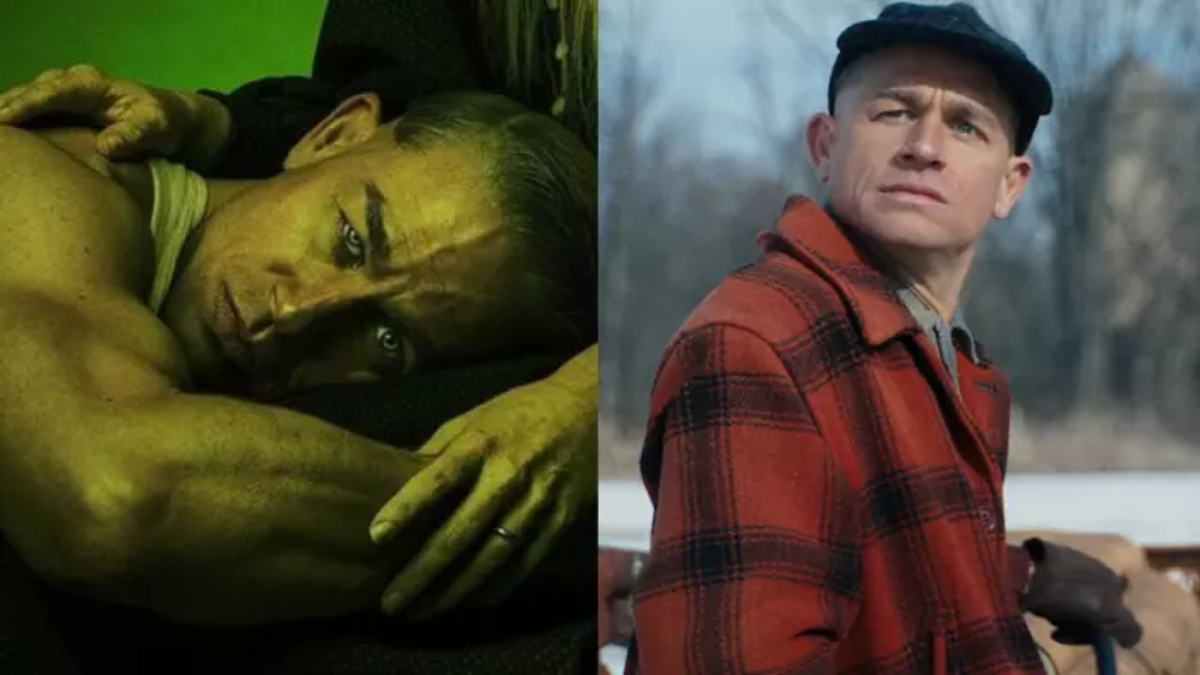Netflix’s Monster: The Ed Gein Story has become the latest true-crime phenomenon since its premiere on October 3, 2025. The series dives into the chilling life of Ed Gein — the real-life murderer and grave robber whose horrific crimes shook 1950s America and later inspired some of Hollywood’s most iconic horror villains. While the show captures much of Gein’s disturbing reality, it also takes some creative liberties that have left viewers wondering what’s fact and what’s fiction.
Most of what Monster: The Ed Gein Story presents about Ed Gein’s crimes is grounded in reality. Gein lived in Plainfield, Wisconsin, where he was known as a quiet, introverted farmer — until 1957, when police investigated the disappearance of local hardware store owner Bernice Worden. What they found inside his farmhouse became the stuff of horror legend.
According to TIME, investigators discovered body parts used as household decorations, skulls turned into bowls, and even clothing and masks made from human skin. During questioning, Gein admitted to robbing graves using names from obituary notices to find fresh burials. Between 1947 and 1953, he exhumed at least nine women’s bodies, taking their remains to craft his grotesque creations. The series accurately portrays his fixation on his deceased mother and his psychological descent as he tried to “become” her through his gruesome work.
While Netflix’s dramatization captures the horror of Gein’s world, not everything in the series is entirely accurate. For instance, Gein was not a cannibal nor a necrophile — despite the show implying it. As reported by A&E, Gein once told police he never consumed human flesh because “it smelled too bad.”
The series also inflates the number of murders he committed. In reality, Gein confessed to killing only two women — tavern owner Mary Hogan in 1954 and Bernice Worden in 1957 — both of whom he shot with a rifle. Although investigators suspected him of more deaths, no evidence ever confirmed additional murders. The show adds extra layers of suspense by suggesting a higher body count, which isn’t historically accurate.
One of the most debated moments in the Netflix adaptation involves the death of Gein’s brother, Henry. The show depicts a violent altercation between them, hinting that Ed may have killed him. In truth, the circumstances surrounding Henry’s 1944 death remain ambiguous. As USA Today reported, Henry died while helping Ed control a marsh fire, and his body was later found under strange conditions — but authorities ruled his death accidental, citing heart failure. No charges were ever filed against Ed, though the suspicions have persisted for decades.
Monster: The Ed Gein Story is the third installment in Netflix’s acclaimed Monster anthology from creators Ryan Murphy and Ian Brennan. The series stars Charlie Hunnam as Ed Gein, alongside Laurie Metcalf, Tom Hollander, and Olivia Williams. Beyond retelling Gein’s crimes, the show explores how his life inspired fictional killers like Norman Bates from Psycho, Leatherface from The Texas Chainsaw Massacre, and Buffalo Bill from The Silence of the Lambs.
Blending psychological horror with true crime, Monster: The Ed Gein Story continues the anthology’s legacy of confronting audiences with the darkest corners of human behavior — blurring the line between truth and terrifying imagination.

